Vernor Vinge the coming technological singularity 1993.
Shared with Dropbox.
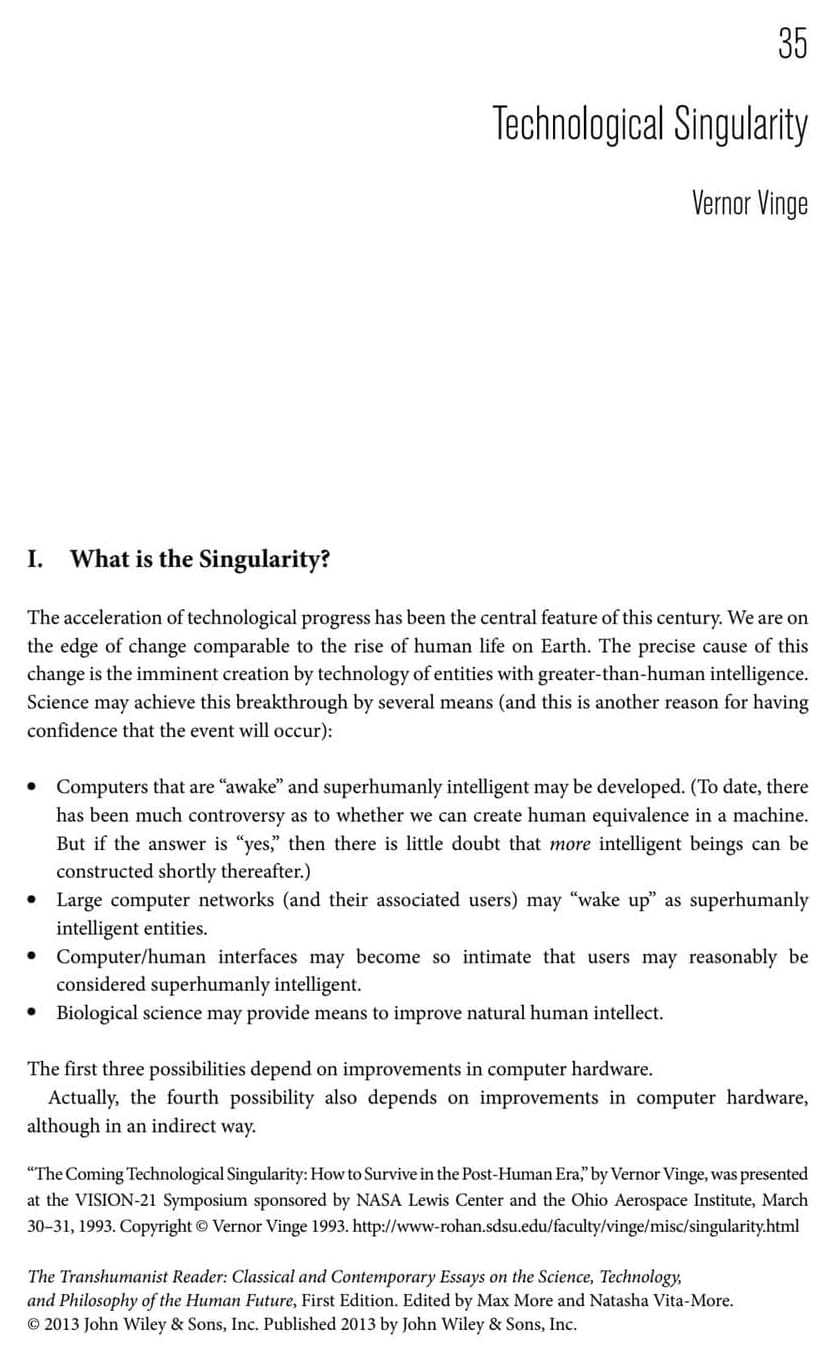
The Peace Warby Vernor VingeRead by Bruce HunteyThis book was first published in 1984Audio originally issued by NLS on cassette in 1988 The Peace Authority g…
Welcome back to Coding with Qiskit! Join research scientist Dr. Derek Wang as he walks you through the exciting capabilities of Qiskit 1 for utility scale quantum computing.
He’ll show you how to install Qiskit version 1 from scratch and how to run quantum circuits–both unitary and dynamic, all based on some of the latest research papers by IBM Quantum–on devices with over 100 qubits using the latest error suppression and mitigation techniques. He’ll also be learning how to contribute to the Qiskit ecosystem with the help of open-source extraordinaire Abby Mitchell.
Remember to subscribe to get notified when the first episode is out!
Read more about Qiskit 1 here: https://www.ibm.com/quantum/blog/qisk…
#ibmquantum #qiskit #learnquantum
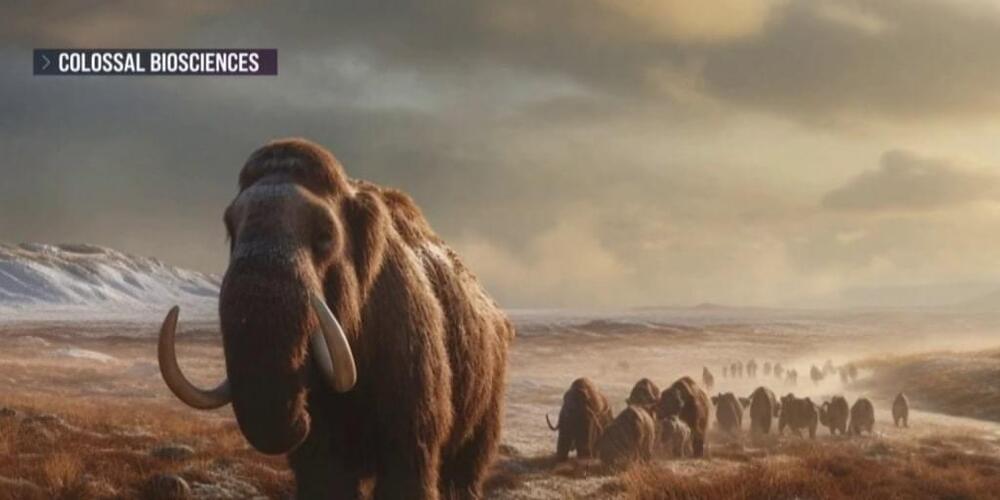

AI is driving a dramatic new need for electricity, and while tech execs have long trumpeted their commitment to a green energy future, the urgency of that need presents them with a difficult path forward.
Questions about fueling the AI boom took center stage earlier this month at the CERAWeek by S&P Global, The Wall Street Journal reported. The annual energy conference draws thousands of executives to Houston to discuss topics ranging from geopolitics to the energy transition.
No one knows how much electricity will be needed to power the AI boom. AI requires massive computing power and energy loads and has triggered an explosion of data centers. Microsoft cofounder Bill Gates said at the conference that the amount of power AI is bound to consume is mind-blowing.
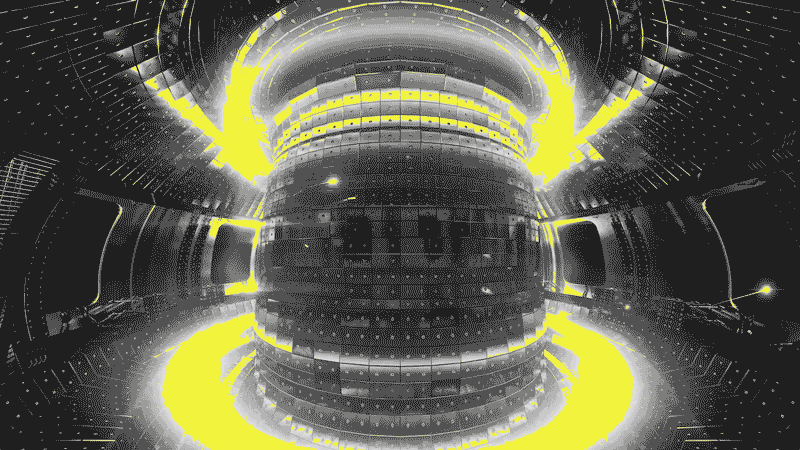
Princeton researchers have trained an AI to predict and prevent a common problem arising during nuclear fusion reactions — and they think it might be able to solve other problems, too.
The challenge: If the Spice Girls were physicists, their song “2 Become 1” might have been about nuclear fusion, a reaction that occurs when two atoms merge.
Fusion releases a tremendous amount of energy in the form of heat — it’s what powers the sun and other stars — and if we could harness the reaction here on Earth, we would have a near limitless source of clean energy.
In honor of Vernor Vinge father of the technological singularity hypothesis.
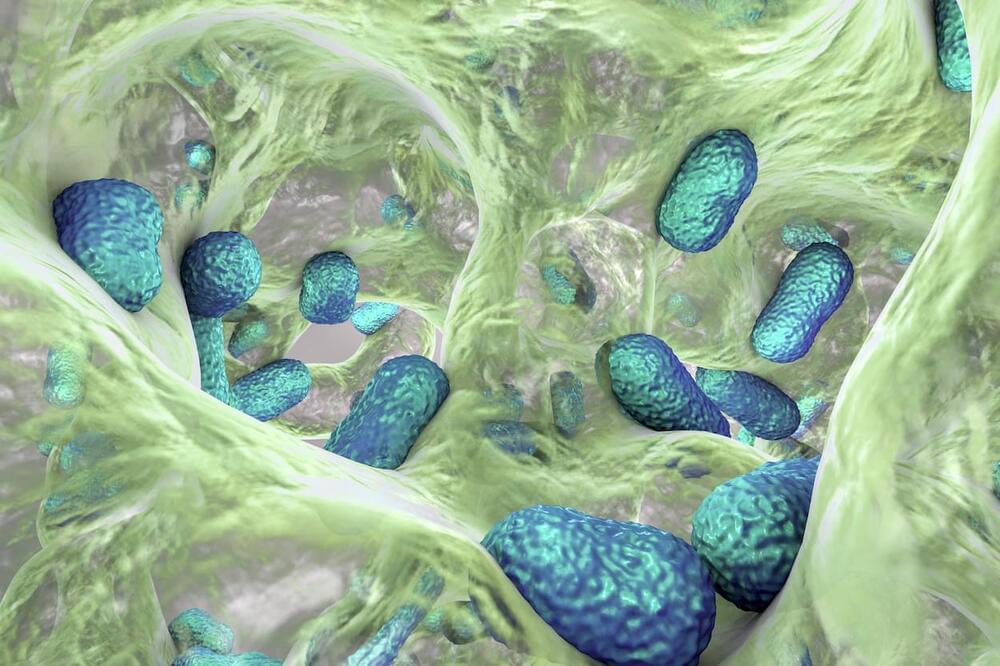
Stanford and McMaster University researchers created an artificial intelligence (AI) model to design molecules that inhibit the growth of Acinetobacter baumannii, a common drug-resistant bacteria. They synthesized and validated six structurally novel molecules that demonstrated antibacterial activity against A. baumannii and other phylogenetically diverse bacterial pathogens. This study represents a significant step toward the practical application of generative AI approaches for antibiotic discovery and drug discovery in general.
The research article, “Generative AI for designing and validating easily synthesizable and structurally novel antibiotics,” was published in Nature Machine Intelligence.
Among the most critical issues in contemporary medicine is the worldwide spread of factors contributing to antibiotic resistance. In 2019, drug-resistant infections were responsible for an estimated 4.95 million deaths. As new antibiotics are being developed slower than the spread of antimicrobial resistance determinants, this figure is expected to reach 10 million annually by 2050.
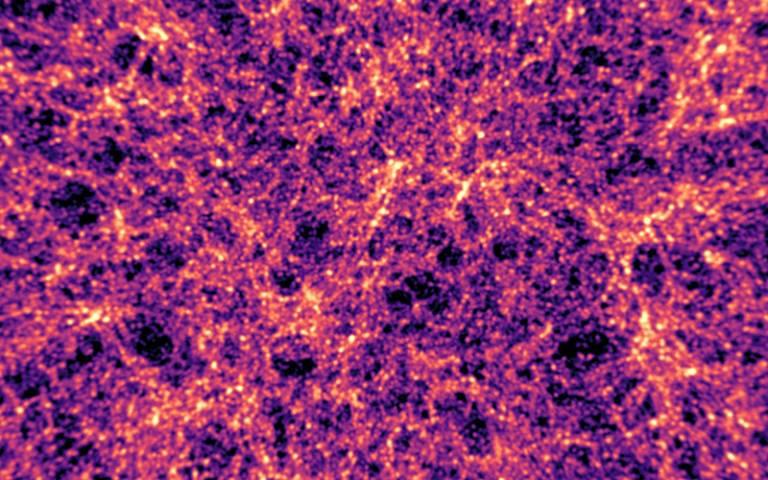
A UCL-led research team has used artificial intelligence (AI) techniques to infer the influence and properties of dark energy more precisely from a map of dark and visible matter in the universe covering the last 7 billion years.
The study, submitted to the Monthly Notices of the Royal Astronomical Society and available on the arXiv preprint server, was carried out by the Dark Energy Survey collaboration. The researchers doubled the precision at which key characteristics of the universe, including the overall density of dark energy, could be inferred from the map.
This increased precision allows researchers to rule out models of the universe that might previously have been conceivable.
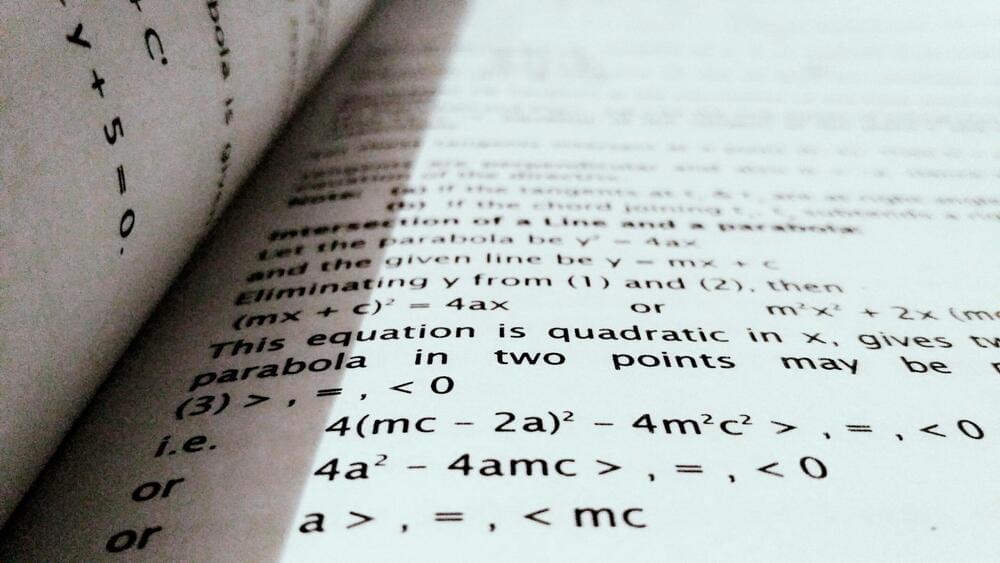
A small team of AI researchers at Microsoft reports that the company’s Orca-Math small language model outperforms other, larger models on standardized math tests. The group has published a paper on the arXiv preprint server describing their testing of Orca-Math on the Grade School Math 8K (GSM8K) benchmark and how it fared compared to well-known LLMs.
Many popular LLMs such as ChatGPT are known for their impressive conversational skills—less well known is that most of them can also solve math word problems. AI researchers have tested their abilities at such tasks by pitting them against the GSM8K, a dataset of 8,500 grade-school math word problems that require multistep reasoning to solve, along with their correct answers.
In this new study, the research team at Microsoft tested Orca-Math, an AI application developed by another team at Microsoft specifically designed to tackle math word problems, and compared the results with larger AI models.